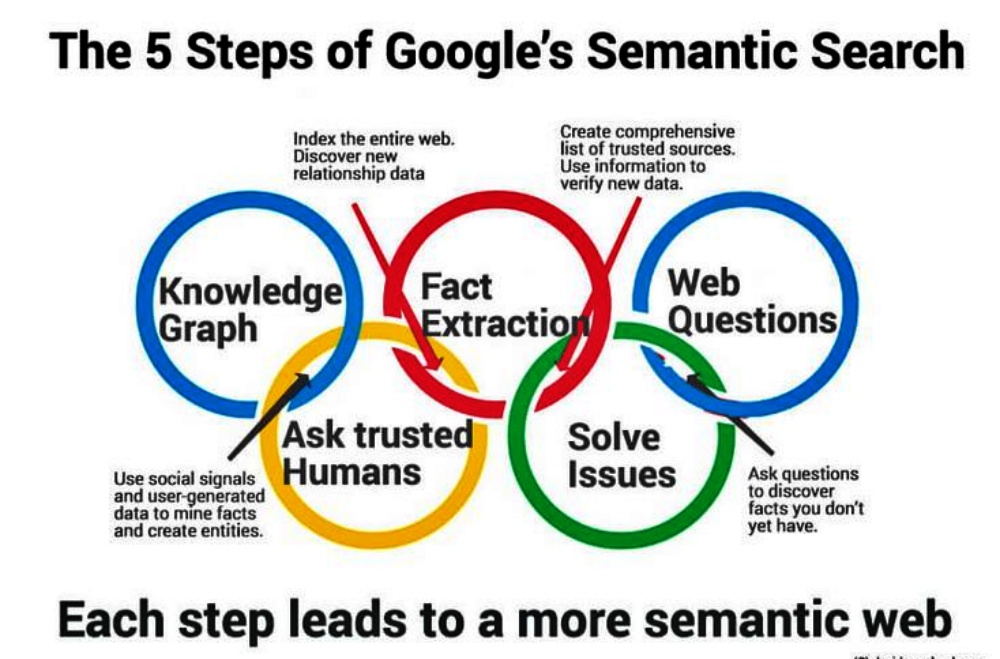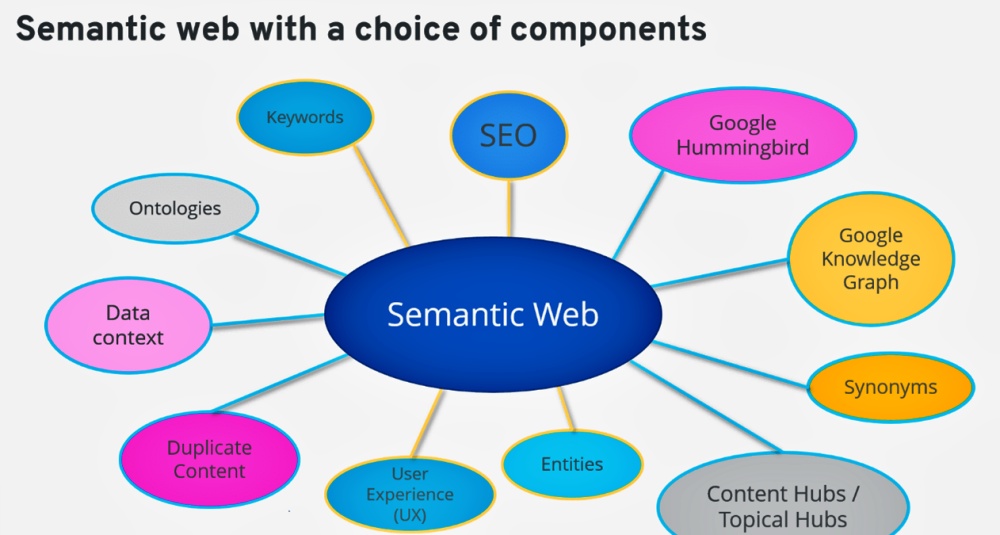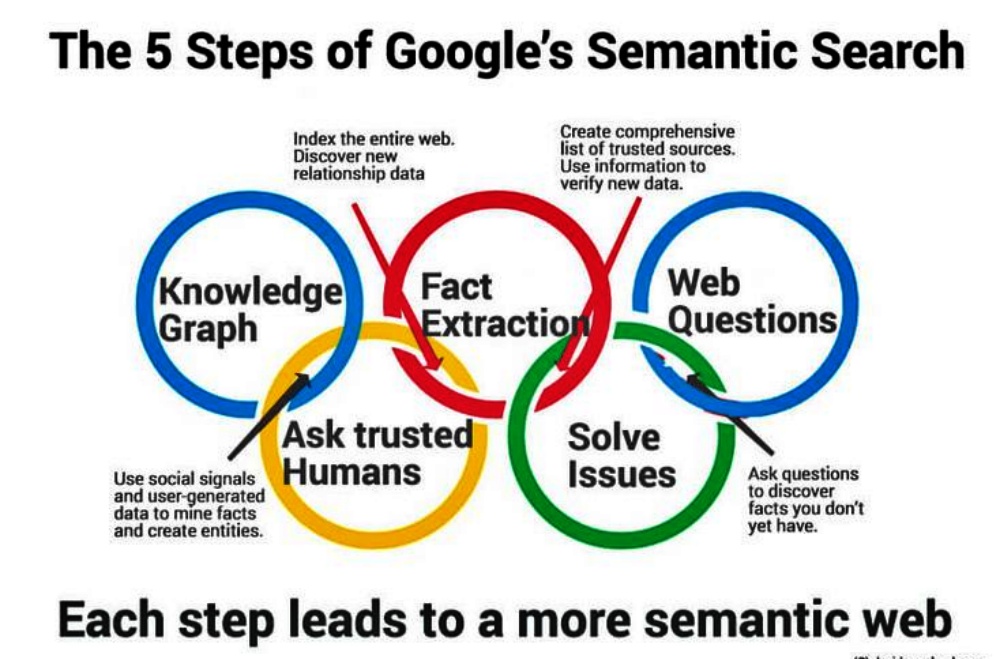SEO is no longer just about stuffing keywords into content it’s about understanding search intent, user behavior and contextual relevance.
With AI powered algorithms like Google’s BERT and MUM search engines can now understand the relationships between words, phrases, and entire topics, making traditional keyword focused SEO strategies obsolete. To
keep your SEO strong for the future, it’s important to focus on semantic
writing, topic clusters, and structured data. In this ultimate guide, we’ll
show you how to master semantic search optimization, helping your content stay
relevant, easily discoverable, and consistently ranked high for years to come

What is Semantic Search?
Semantic search refers to the process where search engines analyze intent context and meaning. This enables Google search engines to provide accurate relevant search results considering factors as
• Entity relationships (how different concepts relate to each other)
• Natural language processing (NLP)
Ranking based on individual keywords. Google now prioritizes content comprehensively answers user’s questions making semantic SEO necessity.
Why is semantic SEO the future?
Traditional SEO relied heavily on exact match keywords this method will no longer be effective by 2025 and beyond. Here’s why semantic SEO is the future:
1. AI and NLP are reshaping search
• Algorithms like BERT and MUM allow Google to understand the language of conversation.
• AI improves search results by recognizing synonyms, intent, and emotion.
2. Google Rewards Context Rich Content
• Topic clusters comprehensive content perform better pages focused on isolated keywords.
• Entities and structured data help search engines connect related ideas.
3. The Rise of Voice and Visual Search
• 50%+ of searches are now voice-based, requiring a natural, conversational tone.
• Google Lens and image recognition are impacting search rankings for visual content.
4. User experience matters more ever.
• Basic web vitals and dwell time impact search rankings. • Engaging, easy-to-read content keeps users on your site longer.
Key Elements of Semantic Writing for SEO

To master semantic search optimization, your content must be rich, relevant, and structured. Here’s how:
1. Optimize for search intent
Understanding what users really want ensures that your content matches their needs. There are four main types of intent:
• Navigational: Searching for a specific site (Yoast SEO Plugin)
• Transactional: Ready to take action (Buy SEO Tools Online)
2. Use topic clusters and pillar content.
Writing multiple unrelated articles create pillar pages that support cluster content.
Examples:
• Pillar The Ultimate Guide to Semantic SEO
• Cluster articles How AI Impacts SEO Latent Semantic Indexing (LSI) Explained etc.
3. Implement Structured Data (Schema Markup)
• Use FAQ Schema Article Schema, and Breadcrumb Navigation.
• Helps search engines better understand the context of a page.
4. Leverage Entity-Based Optimization
Google’s Knowledge Graph relies on entities specific people, places and things to improve search accuracy. To optimize for entities:
• Use internal linking to connect related topics.
• Ensure brand consistency across platforms
5. Include LSI and related keywords.
Latent semantic indexing (LSI) keywords help reinforce content relevance. Example:
• Repeating Semantic SEO use related terms like search intent contextual optimization entity.
6. Improve the readability and UX of your content
• Place naturally avoid robotic keyword heavy text.
• Break up text into skimable sections with headers and bullet points.
How to Future Proof Your SEO Strategy
How to future proof your SEO strategy.
To stay ahead in search rankings, follow these future-proof SEO techniques:
• Optimize for voice and conversational search
• Monitor and adapt to algorithm changes.

FAQ: Answering Your Most Pressing Questions
1. difference between traditional and semantic SEO?
Traditional SEO focuses on exact match keywords. Semantic SEO prioritizes context intent and topic relevance.
2. How does Google’s AI affect search rankings?
AI models like BERT and MUM help Google better understand natural language improve search accuracy, and rank high quality user focused content.
3. Why is structured data important for semantic SEO?
Structured data (schema markup) helps Google rank content, increasing visibility in rich results and featured snippets.
4. What are LSI keywords, and why do they matter?
LSI (Latent Semantic Indexing) keywords are related terms that increase topic relevance, helping search engines better understand the context of the content.
5. How can We optimize our content for AI powered search?
Use conversational language for voice search.
• Focus on topics, not just keywords.
• Leverage structured data and entities.
Mastering semantic search optimization isn’t just an option – it’s a requirement to stay relevant in the AI-powered search landscape. By focusing on search intent, topic clusters, structured data, and LSI keywords, you can future-proof your SEO strategy and dominate search rankings in 2025 and beyond.
Actionable Takeaway: Start implementing semantic SEO techniques today to stay ahead of algorithm updates and ensure your content remains visible, engaging, and valuable to users.

